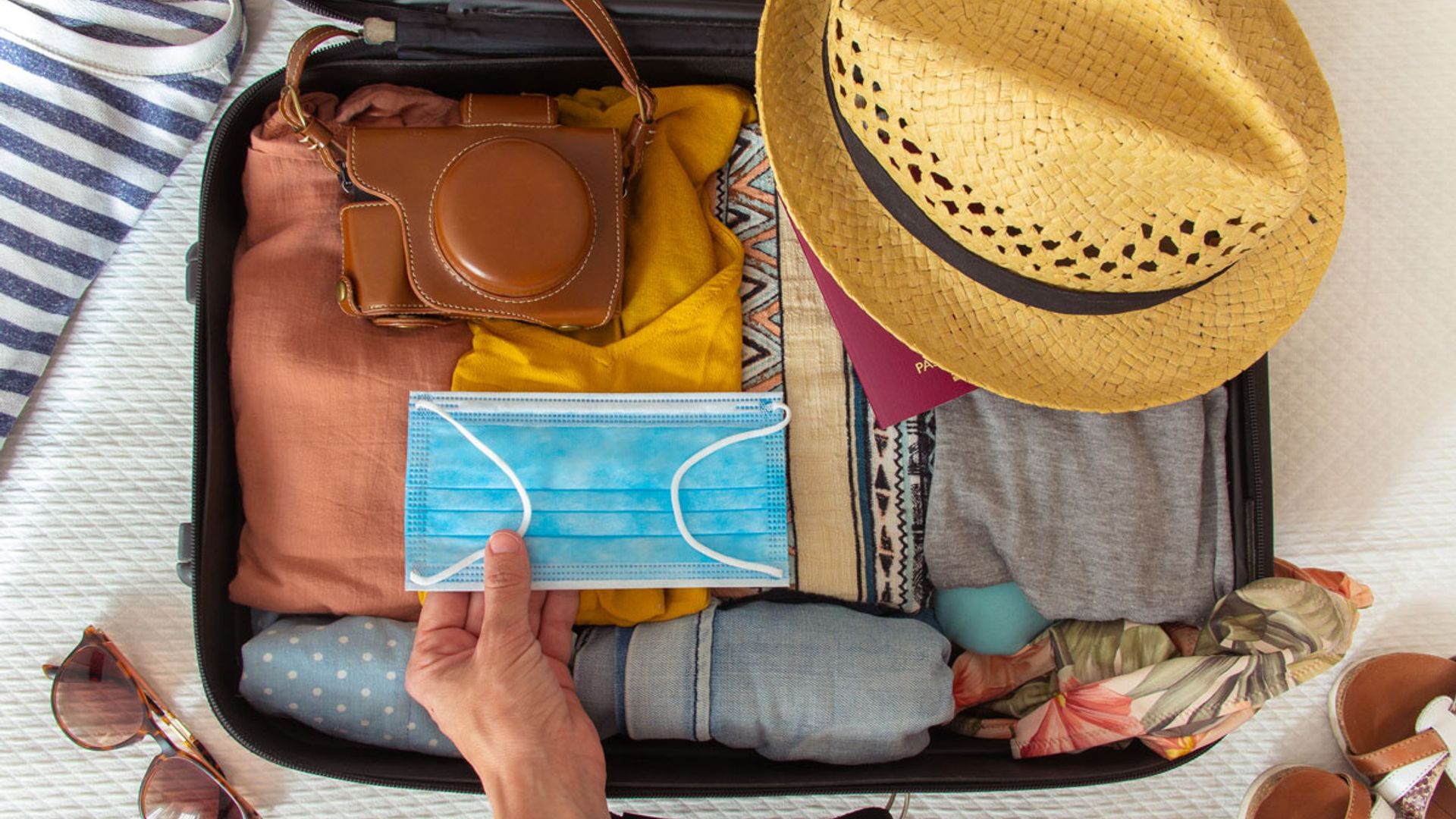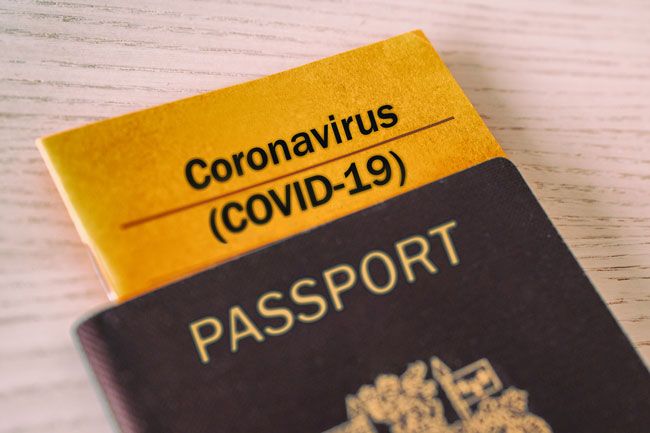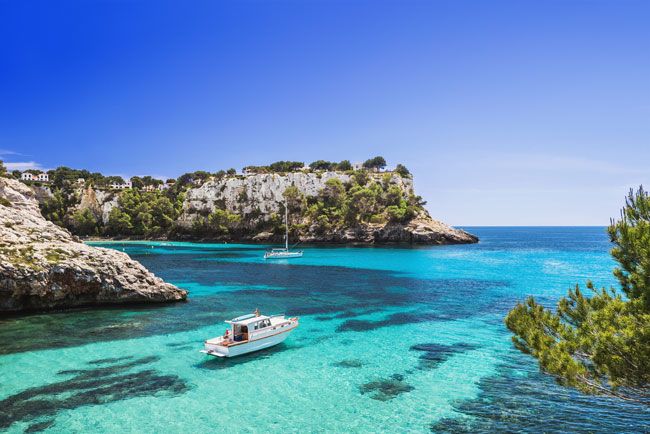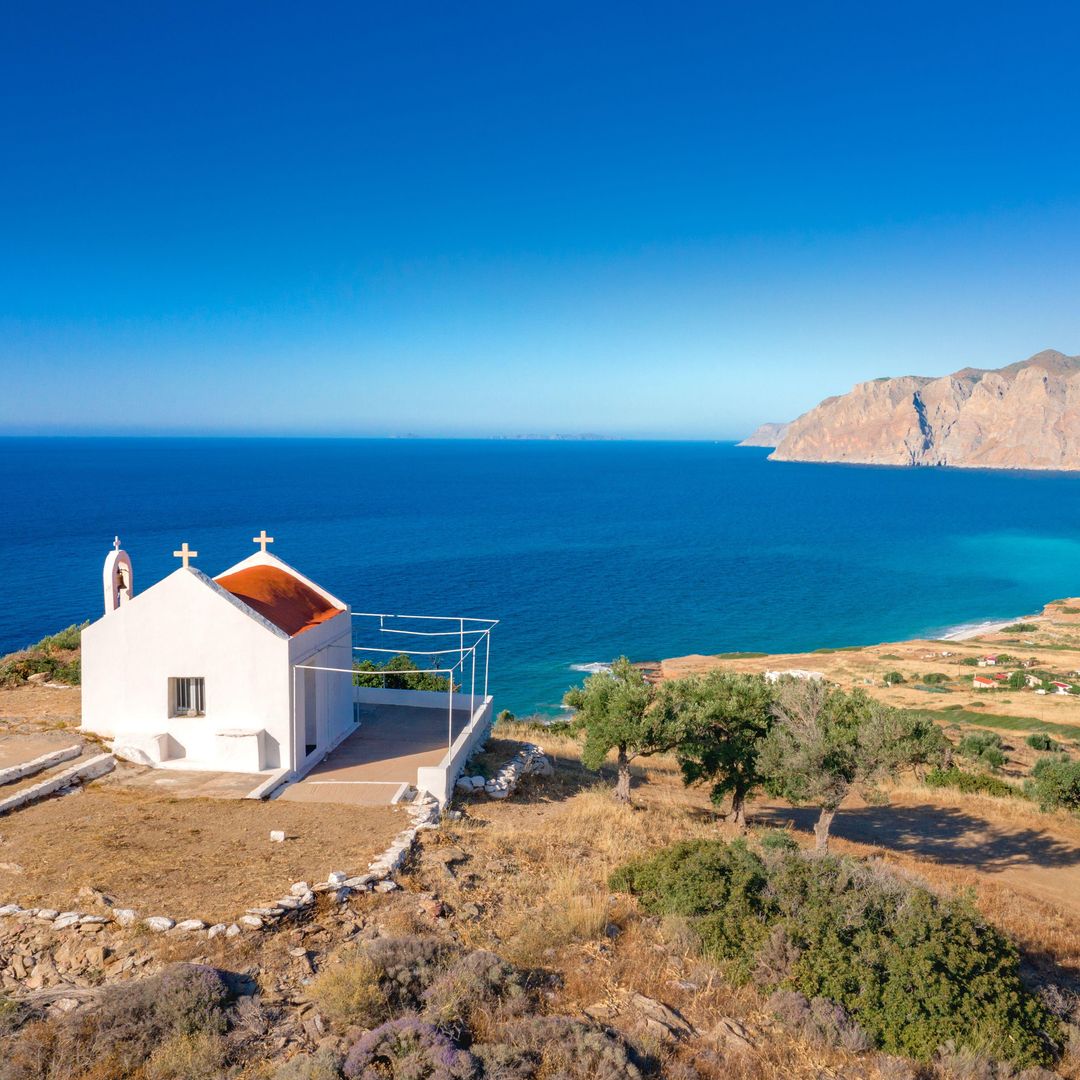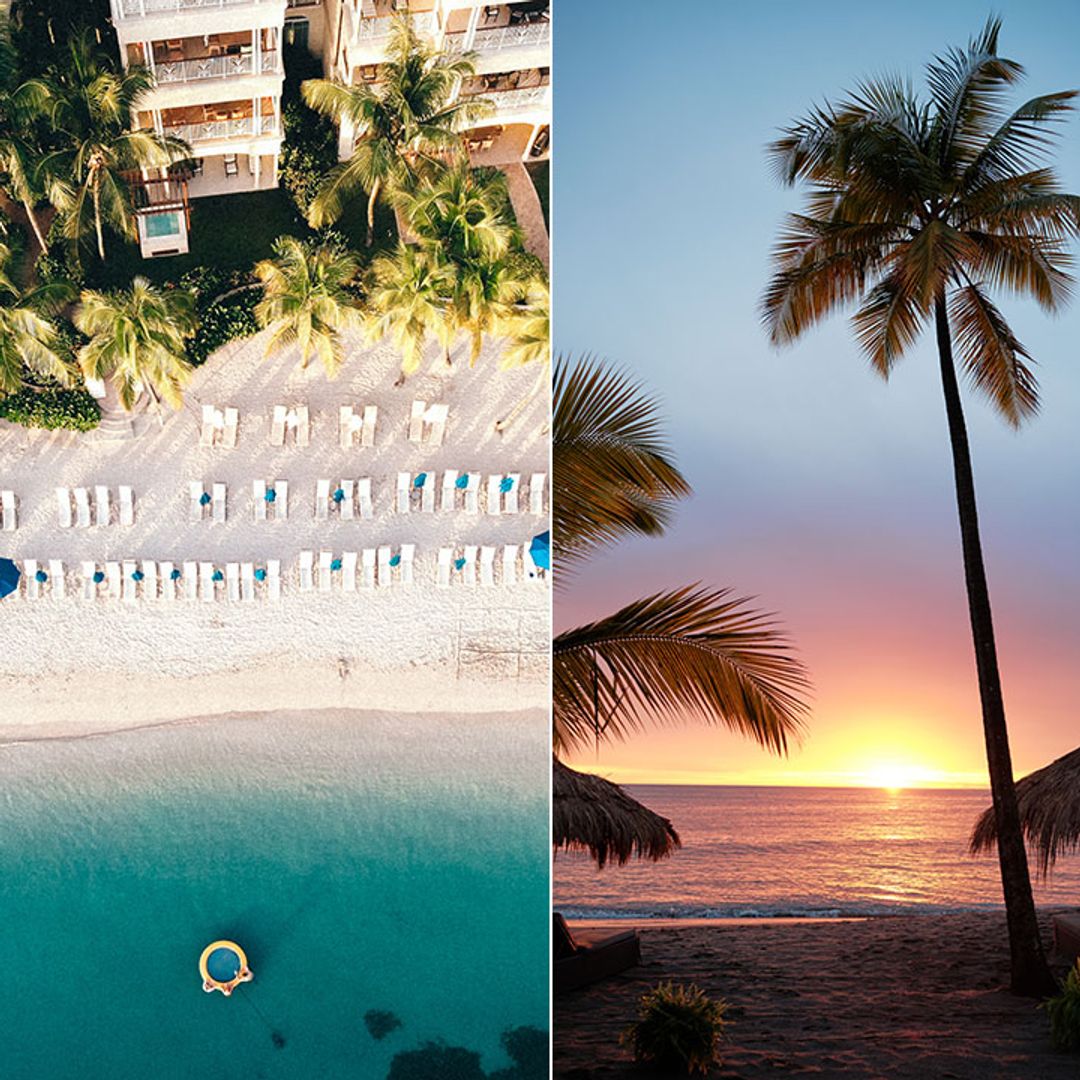With coronavirus restrictions easing and the vaccine programme rolling out at break-neck speed, minds are turning to summer holidays. Can we have them? And where can we go? Before you start dreaming of Greek Islands and endless feta salads or the French Riviera, you need to understand the rules and how international travel might open up in the coming months.
Here’s our guide to planning and booking a break for summer 2021.
WATCH: 5 ways to travel like a celebrity
RELATED: Top UK summer holiday destinations that are booking up fast
When can we go on holiday from the UK?
Right now, there's still a travel ban in the UK, meaning non-essential international travel is forbidden. Booking your summer holiday, though, is not against the law and could offer something to look forward to in the coming months.
However, it does come with some complications, as the government's traffic light system determines which countries are 'safe' for travel, and there is still no date for which total freedom when it comes to holidays abroad will be allowed again.
A new system is being put into place to determine which countries we can visit
MORE: 25 UK hotels you need to visit for a post-lockdown weekend getaway
What is the travel traffic light system?
The traffic light system is used to indicate which countries are safest for international travel and each different level (red, amber and green) comes with different restrictions. Essentially, the system dictates which restrictions apply for each country, including whether you need to self-isolate, a test before you return to the UK and tests on arrival.
Green countries
The restrictions for green countries are the lowest. To travel to and return from any country on the ‘green list’ you’ll need to:
- Fill in a passenger locator form before returning home
- Take a pre-departure test
- Take a PCR test two days after your return
Amber countries
Amber countries are deemed relatively risky for travel, and so the restrictions are tighter. To travel to and return from a country on the ‘amber list’ you’ll need to:
- Fill in a passenger locator form before returning home
- Take a pre-departure test
- Self-isolate for 10 days at home
- Take a PCR test two days and eight days after your return, or use the ‘test to release’ scheme to cut your isolation short
Red countries
Red countries will come with the most stringent restrictions, most important of which is the mandatory hotel quarantine. For travel to and from ‘red list’ countries you’ll need to:
- Fill in a passenger locator form before returning home
- Take a pre-departure test
- Spend 10 in a state-approved quarantine hotel
- Take a PCR test two days and eight days after your return (you cannot use ‘test to release’)
A key thing to note about the traffic light system is that destinations can be moved from one level to another at any time, so you might find your Croatian island-hopping holiday suddenly becomes a logistical (and financial) nightmare if it’s suddenly moved to another tier. Booking with caution and keeping up to date with case numbers in your destination will be an essential part of holiday planning this year.
READ: 12 family-friendly attractions re-opening next week as lockdown eases
Always be sure to book with a flexible changes or cancellation policy so you aren’t caught out by any last-minute changes to your destination’s status.
Destinations can be moved from one level to another at any time
Which countries are on the green list?
The biggest question on everyone's lips right now is which countries are on the green list. In May, the UK government announced that 12 countries and territories were on the list.
The countries are Australia, New Zealand, Singapore, Brunei, Iceland, the Faroe Islands, Israel, South Georgia, the South Sandwich Islands, Saint Helena, Ascension and Tristan de Cunha.
Portugal was initially on the list, however, as of June 3, the country is expected to be moved to the amber list, dashing Brits' hopes of a European beach holiday this summer.
It is also understood that no further countries will be added to the green list when the official announcement is made later today.
Despite these areas being on the green list, they may still have travel restrictions in place for people arriving from the UK, so passengers are encouraged to check requriements and FCDO travel advice before they book.
Which countries are on the red list?
The full list of red list countries can be found on the government website. They include Turkey, Nepal and the Maldives, as well as multiple African nations.
Grant Shapps announced that the lists would be reviewed every three weeks, but hinted that some countries like the United Arab Emirates could remain on the list indefinitely due to its status as a major transport hub.
Which countries are on the amber list?
All other countries will remain on the amber list. The risk posed by individual destinations will be monitored as the summer progresses, and the green, amber and red lists will be updated every three weeks. Portugal is set to join this list.
Will I need a vaccine passport?
The Global Travel Taskforce has not set out any rules around so-called vaccine passports but the UK is working to develop an international standard. Whether this will come into play with the traffic light system is yet to be decided, but other countries may well require a certificate of vaccination to allow entry.
This is already true for Iceland, which said vaccinated Britons could freely enter the country from March 18. Ultimately, though, countries will need to be on the UK’s green list to be viable holiday destinations.
Currently, the travel industry and keen holidaymakers are waiting with bated breath for the June 3 announcement. We'll have updates when it comes.
DISCOVER: 15 best National Parks you need to visit on your UK staycation this year
Like this story? Sign up to our newsletter to get other stories like this delivered straight to your inbox.
